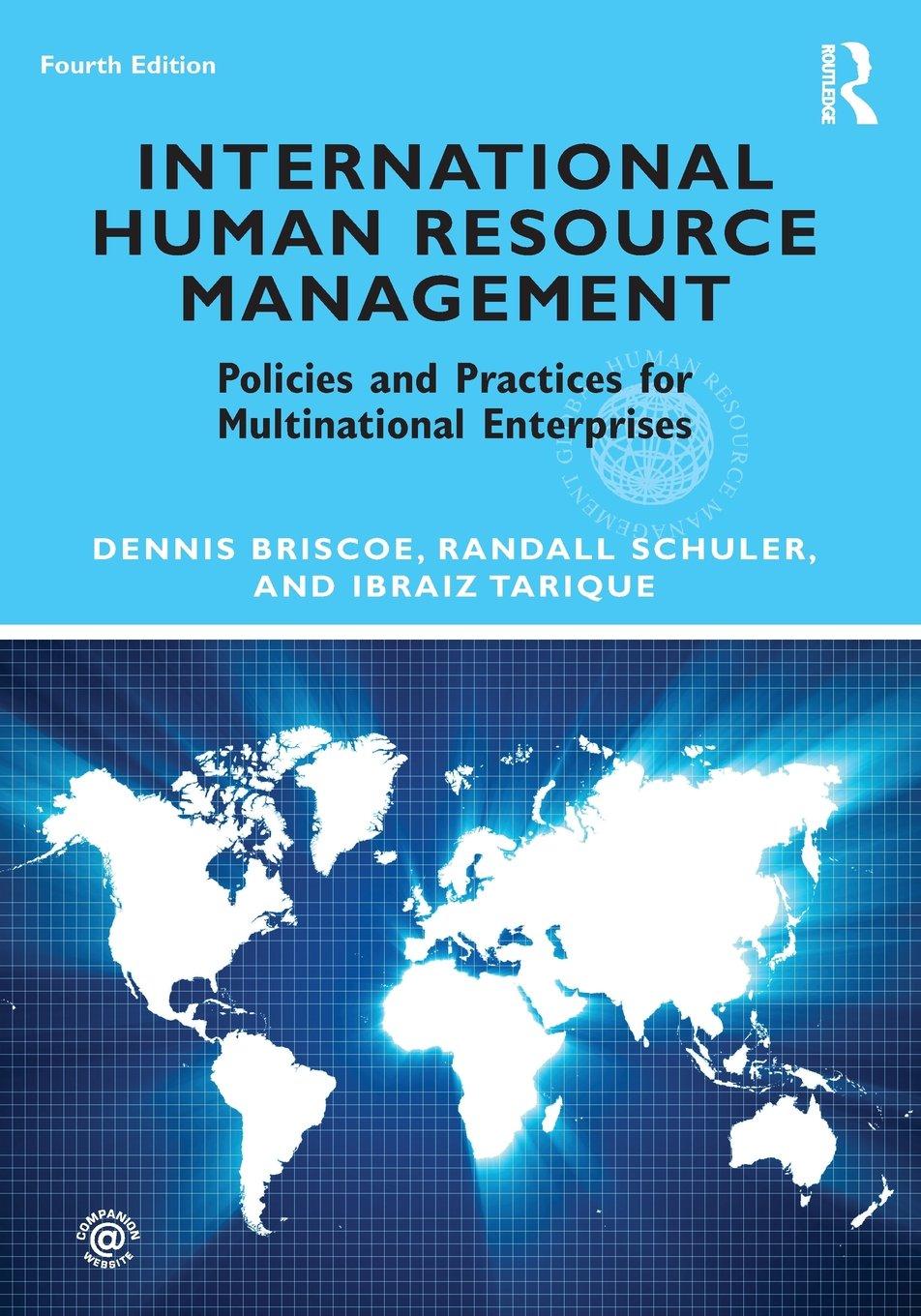Why is this sort of networking so important to the coordination of global firms? Are there other
Question:
Why is this sort of networking so important to the coordination of global firms? Are there other alternatives? The ability of a multinational enterprise to handle the challenges of globalization is at least partially set by its ability to handle the challenge of integration of its headquarters and the parent organization with its widespread global operations. As the IBM CEO survey (Case 1.1 in Chapter 1) indicated, this integration is taking place in an increas¬ ingly complex environment. This challenge of integration has at least four elements, all of which need to be managed: direction for all parts of the firm (goals, visions, targets), control of the far-flung operations, coordination of those operations, and the sharing of learning and innovation across all boundaries within the firm.
A jump into the future might reveal the following glimpse into how the global firm of today (or the near future) might handle this integration. Let's use business planning as an example, but this would also be true for other components of a global firm, as well, such as product lines, marketing, finance, human resources, training, advertising, customer service, etc.
The enterprise is likely to be organized into multiple centers or units. If it is a fairly large firm, it might have, let's say, as many as 600 or more strategic business units (to handle separate product lines and applications), geographic units (to manufacture for and market to local and regional customers), centers of technical and functional compe¬ tence (such as R&D, finance, marketing research, HR), global customer centers, and some centers at the boundary of the firm (e.g., outsourced manufacturing and develop¬ ment and IT partnerships with other firms). In addition, the firm is likely to have a number of alliances and joint ventures, helping it to gain access to new markets and technology. Many of the centers of competence are probably not located in the mother country, even though they serve the whole firm. They are located where they can best develop their competence-e.g., in China if that is the source of qualified manufac¬ turing labor, in India if that is the location for the best IT professionals, and in Europe if that is a major customer base.
One of top management's tasks will be to specify or identify who has to work with whom. This specification of linkages is a formal process, guided by the strategy for the future. There is of course a structure (e.g., global product divisions) which reflects the dominant linkages, and a majority-but far from all—of these interdependencies lie within the structural units. As the strategy and industry make-up and competitive situa¬ tion change, so the specification of who-has-to-collaborate-with-whom will change.
Step by Step Answer:

International Human Resource Management Policies And Practices For Multinational Enterprises
ISBN: 9780415884754
4th Edition
Authors: Dennis Briscoe, Randall Schuler, Ibraiz Tarique





